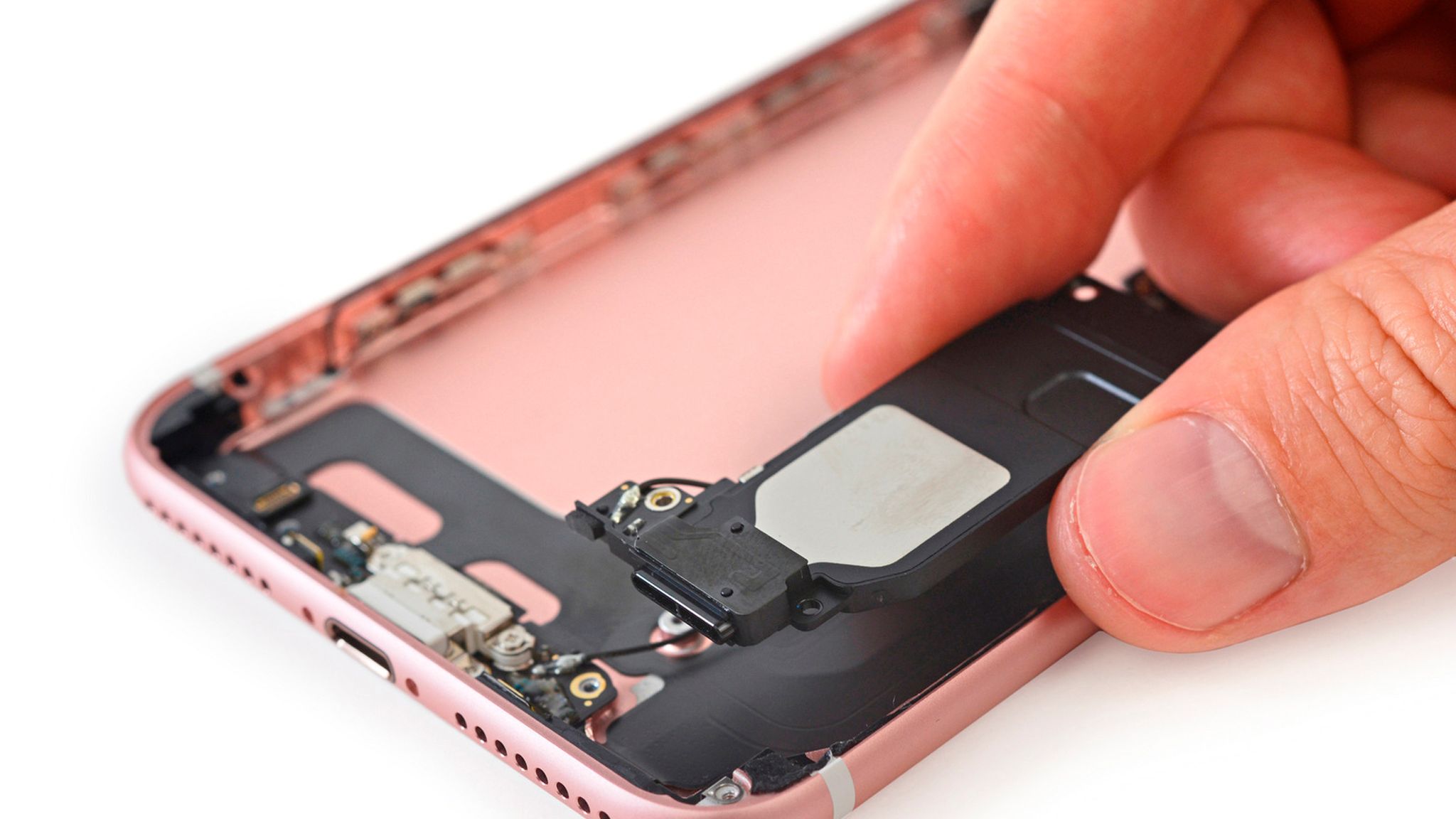
Setting up the base unit is usually straightforward and it just needs a power point close to the telephone socket. It’s sometimes referred to as a lifeline unit. The base unit is linked to a monitoring centre or carer through a landline, mobile phone or internet connection. Telecare systems with 24/7 monitoring usually consist of a base unit and a range of sensors placed around the home, or worn on the person.
Wearable alarm pendants: pressing a button sends an alert to a monitoring centre or carer. Smoke or gas detectors: like standard household alarms these emit a loud alarm if triggered, but can also be set up to transmit an alert to a monitoring centre. Movement sensors: detect if someone falls out of bed or if they are immobile for too long. Medication dispensers and reminders: help to remind someone to take their medicine, dispense the correct pills and keep track of what they’ve taken. Incontinence sensor: provides a warning if a person urinates or vomits while in bed. Heat/temperature sensors: by detecting extreme temperatures in the home, they can spot a fire hazard or avoid the risk of hypothermia. They can be attached to clothing or even built into a pair of shoes. GPS tracking devices: keep track of someone when they are out and about. They can send an alert or even turn off the water supply. Flood detectors: sensors in the kitchen or bathroom can spot if water is overflowing or a tap has been left on. (Read more in our guide to personal alarms.) Fall detectors: send an alert if they sense a sudden jolt or downward movement. Epileptic seizure alarm: detects the symptoms of a seizure. An alert could be sent if this is happens at an unexpected time of day or if the front door is left open. Door sensors: let you know when someone leaves or enters the home. Bed or chair sensors: positioned over or under a mattress or on the seat of a chair, they can detect if someone moves or falls from their bed or chair, or fails to get out of bed. Aim to customise the system so that it fits well with your own or your loved one’s needs. When choosing telecare products, focus on the features that will be genuinely useful and ignore anything that you don’t really need. 
The following is a list of features that can be included as part of a telecare system. Telecare systems can use various sensors, alarms and other gadgets that have a wide range of practical applications. We look at the pros and cons of both types of system in this article.
Smart systems that send alerts and updates directly to family members via an app. Tech pressuring its callcenter install cameras professional#
Systems that are connected to a professional monitoring centre that is staffed 24/7.There are two main types of telecare system.

Many are especially valuable for people with dementia. Telecare devices can prevent a problem before it occurs, or send a timely alert if something does go wrong.įrom personal alarms that are operated by the individual if they need to call for help to sophisticated activity-monitoring systems that alert a call centre when sensors in the home detect potential problems, there’s a wide range of options that can be tailored to an individual’s needs. It also provides reassurance to family and friends who may not be able to call in as often as they would like.

By remotely monitoring a person’s activity and other factors in their home, the technology helps to keep them safe and independent. Telecare systems are designed to send a warning to a call centre or a carer if there is a problem or an emergency in the home – such as a fall, inactivity, fire, flood or gas leak.







 0 kommentar(er)
0 kommentar(er)
